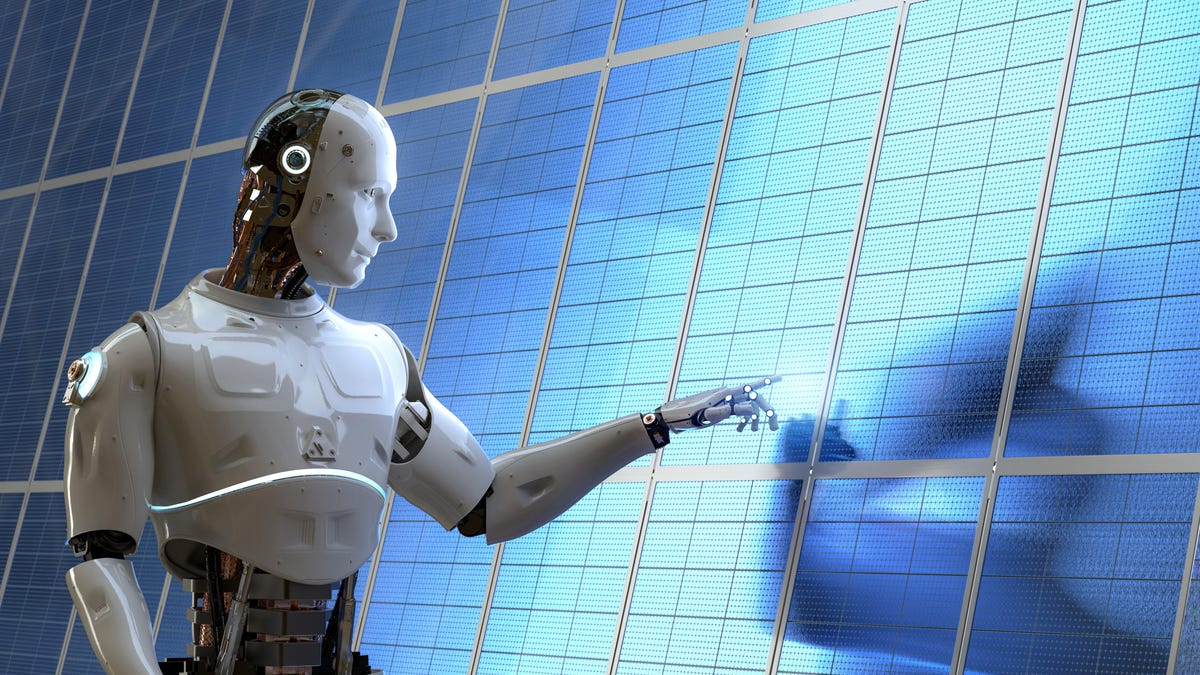PARK CITY, Utah—The intersection of science, literature, and technology has significantly impacted each other, forming the core of Love Machina, a documentary by director Peter Sillen that premiered at this year’s Sundance Film Festival. The film delves into the extraordinary love story of creative entrepreneur Martine Rothblatt and her spouse Bina, highlighting their endeavor to create a perpetual existence through an artificial construct. This endeavor gave rise to Bina48, an AI-powered robot designed in the likeness of Bina, equipped with “mindfiles” containing a wealth of data such as photos, videos, texts, and audio recordings. Developed by the Rothblatts’ Terasem Movement Foundation, Bina48 symbolizes their quest for eternal life and a narrative that bridges the gap between past aspirations and future realities.
The initial portrayal of Bina48 in Love Machina showcases a robot with mechanical movements and a somewhat uncanny resemblance to its human counterpart. Despite its shortcomings, particularly in its physical emulation and speech patterns mirroring Bina’s, Bina48 displays a remarkable capacity for deep and thoughtful responses, surpassing the capabilities of mainstream virtual assistants like Siri and Alexa. Martine and Bina envision the potential transfer of human consciousness into robotic entities as a feasible prospect on the distant horizon, driven by their enduring love and commitment to each other. Love Machina serves as a poignant depiction of their unwavering bond, encapsulating their aspiration to remain unified in perpetuity as a singular entity, referred to affectionately as “Marbina.”
The film sheds light on Martine’s groundbreaking contributions in satellite communications, including her pivotal role in establishing Sirius XM radio, alongside the couple’s personal journey marked by shared experiences, familial expansion, and overcoming challenges such as their daughter’s health condition. Martine’s unconventional ideas, including the creation of Bina48, underscore her visionary approach to transcending societal boundaries and embracing technological advancements to redefine human existence. Love Machina also explores Martine’s belief in humanity’s cosmic destiny and the evolution of consciousness, drawing inspiration from prominent figures like Ray Kurzweil and visionary concepts of space colonization.
The thematic underpinnings of Love Machina resonate with influences from science fiction literature, with the name “Terasem” derived from Octavia Butler’s Earthseed series and nods to Arthur C. Clarke and Star Trek in Martine’s creative vision. The film navigates through discussions on cryopreservation, AI-driven immortality, and the convergence of humanity and technology in shaping a novel future. While presenting a spectrum of viewpoints on life extension and AI integration, Love Machina occasionally struggles to maintain a cohesive narrative, veering into speculative techno-theorizing without fully exploring the nuances of consciousness and ethical implications.
In essence, Love Machina offers a glimpse into a world where human emotions, aspirations, and technological innovation converge, blurring the lines between reality and the realm of possibilities. Amidst its exploratory narrative, the film encapsulates the enduring love story of Martine and Bina, underscoring their shared vision of a future where boundaries are transcended, and the essence of humanity evolves in unison with artificial intelligence.






